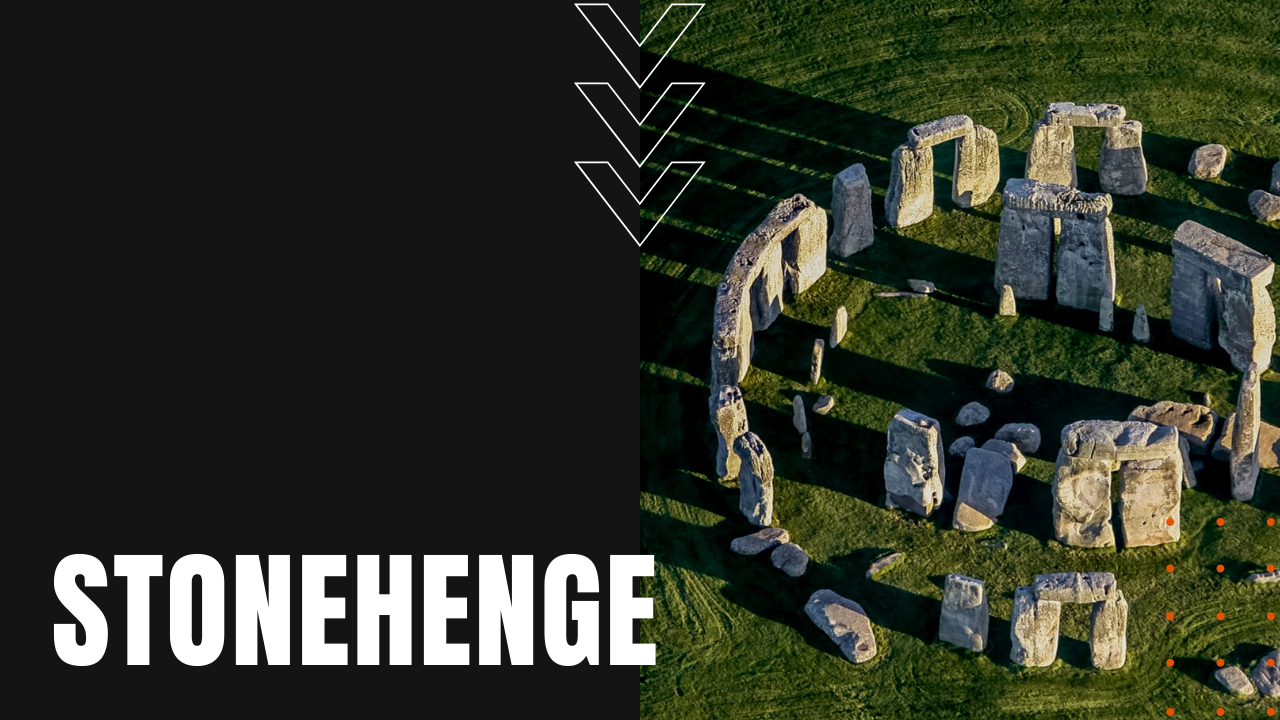Stonehenge: History, Hypotheses and World Heritage

Where is Stonehenge?
Located on the Salisbury Plain of southern England, Stonehenge has mystified scientists and archaeologists for centuries, since many of the multi-ton bluestones were relocated by Neolithic humans more than 200 miles from their source in the Preseli Mountains of Wales, without the aid of modern earth-moving technologies.
When was Stonehenge Built?
Constructed in three phases, the first took place more than 5,000 years ago, when Neolithic Britons used primitive tools such as deer antlers to carve out circular ditches known as henges on the Salisbury Plain, followed several hundred years later by the addition of 80 non-indigenous bluestone monoliths into a circular formation. 3000 years after that, the third phase saw the addition of sarsen sandstone slabs, which make up the outer circle, including three-stone structures known as trilithons.
Stonehenge Hypotheses
Lacking modern engineering and construction techniques, one theory regarding how Stonehenge was made includes the use of sleds and roller logs combined with massive amounts of rope, oxen and human muscle, while others believe that the boulders arrived by raft, first along the Welch coast, then up the River Avon toward the Salisbury Plain.
Still others suggest that glaciers, not humans, moved the rock during the last Ice Age, while 17th-century archaeologist John Aubrey claimed that Stonehenge was created by Celtic Druid priests, which has since been debunked by radiocarbon dating techniques, placing Stonehenge’s final phase of construction to roughly 1,000 years before the Celts inhabited the region.
In the 1960s, astronomer Gerald Hawkins suggested that Stonehenge was used as an astronomical calendar of sorts, which allowed Neolithic man to track solstices, equinoxes and eclipses. His theory was later discounted, due to southern England’s near constant lack of cloudless days or nights.
In more recent times, after human remains were exhumed from shallow graves in and round Stonehenge, signs of illness and injury clearly catalogued in each exhumed body led a group of British archaeologists to propose that Stonehenge was a place of healing, due to bluestone’s perceived curative powers.
Today, Stonehenge sees an estimated one million visitors a year, who come to ponder not only the wonders of Stonehenge, but also the region’s many Neolithic and Bronze Age marvels. In 1986, Stonehenge was named a UNESCO World Heritage site, making Stonehenge one of the most highly-debated mysteries of ancient man.
